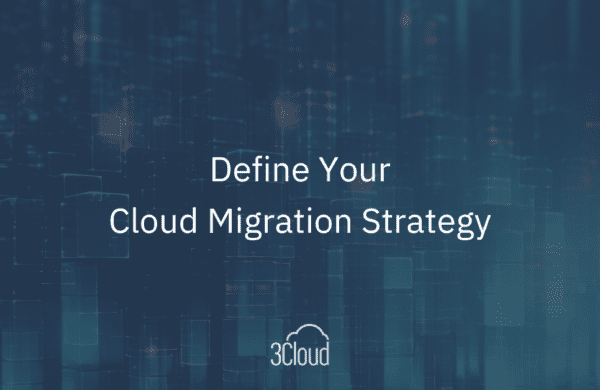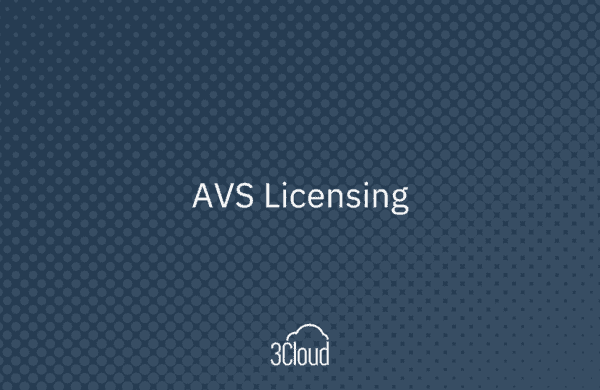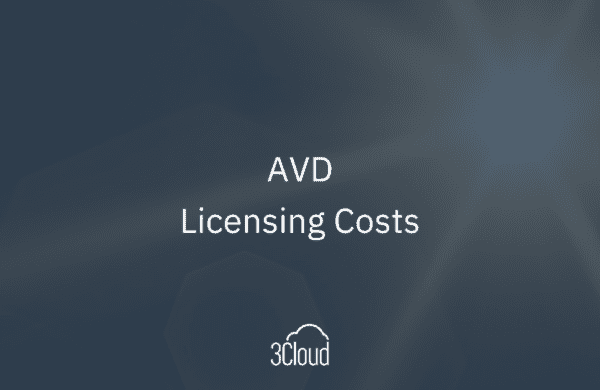One of the most pivotal choices in managing your business’ IT infrastructure is whether to maintain your on-premises data center or transition to a cloud-based solution. This article explores the defining characteristics of on-premises and cloud data centers, the importance of data centers in business, and the dilemmas organizations encounter when deciding between these two options. Let’s start with some foundational facts about data centers.
What is an On-Premises Data Center?
On-premises data centers are physical facilities owned and operated by an organization to store, manage, and process data and applications. These data centers are characterized by their proximity to the organization’s premises, which provides direct control over hardware and software resources. However, it’s essential to note that on-premises data centers typically require significant upfront capital expenditure (CapEx) to purchase and set up the necessary hardware, infrastructure, and facilities. These costs can be substantial and can limit budget flexibility. Types of “on-prem” data centers include:
Enterprise Data Centers
- These are on-premises data centers owned and operated by large organizations to support their internal IT needs. They are typically characterized by high levels of customization and control.
Colocation Data Centers
- Colocation data centers provide the physical infrastructure and facilities, while multiple organizations share the same space. This shared environment allows businesses to benefit from reduced infrastructure costs while retaining control over their equipment.
What is a Cloud Data Center?
In contrast, cloud data centers are remotely hosted and managed by third-party service providers. These providers offer a range of services, including infrastructure, platforms, and software, accessible over the internet. Cloud data centers are known for their scalability, flexibility, and the pay-as-you-go pricing model. ·It may be that a hybrid model can help you reach your business goals. A cloud platform offers the freedom and flexibility to build, manage, and deploy your applications anywhere. You can use your preferred languages, frameworks, and infrastructure — even your own datacenter and other clouds — to solve challenges large and small, and build your next great solution. Learn about cloud platforms on our website, including ways to accelerate your migration and how to modernize with Azure.
The Cloud vs. On-Premises Debate
The decision to move to the cloud or maintain an on-premises data center is multifaceted and depends on various factors. Key points to consider in this debate include:
1. Security
Security is a top concern for any organization. While on-premises data centers provide physical control over security measures, cloud providers invest heavily in cybersecurity. Cloud providers implement robust security protocols, encryption, and compliance standards to protect data.
2. Scalability
Cloud data centers offer unparalleled scalability, allowing businesses to quickly adapt to changing workloads and demands. In contrast, scaling resources in on-premises data centers requires significant planning and investment.
3. Cost
The cost comparison between on-premises and cloud solutions includes initial setup costs, operational expenses, and hidden costs. Cloud solutions often have lower upfront costs and provide better cost predictability.
4. Maintenance
Maintaining on-premises data centers involves routine hardware and software maintenance, which can be resource-intensive. Cloud data centers offload much of this burden, as providers handle hardware updates and maintenance.
5. Backup and Recovery
Cloud data centers offer reliable data backup and recovery solutions, ensuring business continuity even in the face of disasters. Combining on-premises and cloud resources can create hybrid solutions for enhanced data resilience.
6. Future-Proofing Your Business
On-premises data centers may require frequent updates and face obsolescence, whereas cloud data centers are continually updated and can easily accommodate future needs. Moreover, cloud data centers often have a smaller environmental footprint. It’s important to note that businesses with legacy systems can seamlessly integrate them into cloud environments, extending the life and functionality of their existing technology investments.
Looking to the Future
The decision to transition to the cloud from on-premises data centers is complex and should be based on a careful evaluation of an organization’s specific needs and priorities. See how cloud strategy is used to develop both short-term and long-term plans for your cloud migration initiatives as well as achieve a clear understanding of how your business outcomes can improve and company processes will be affected.
Ultimately, the move to the cloud can empower organizations to innovate, reduce costs, and ensure a more secure and sustainable future. Contact us to start the conversation about cloud migration.




